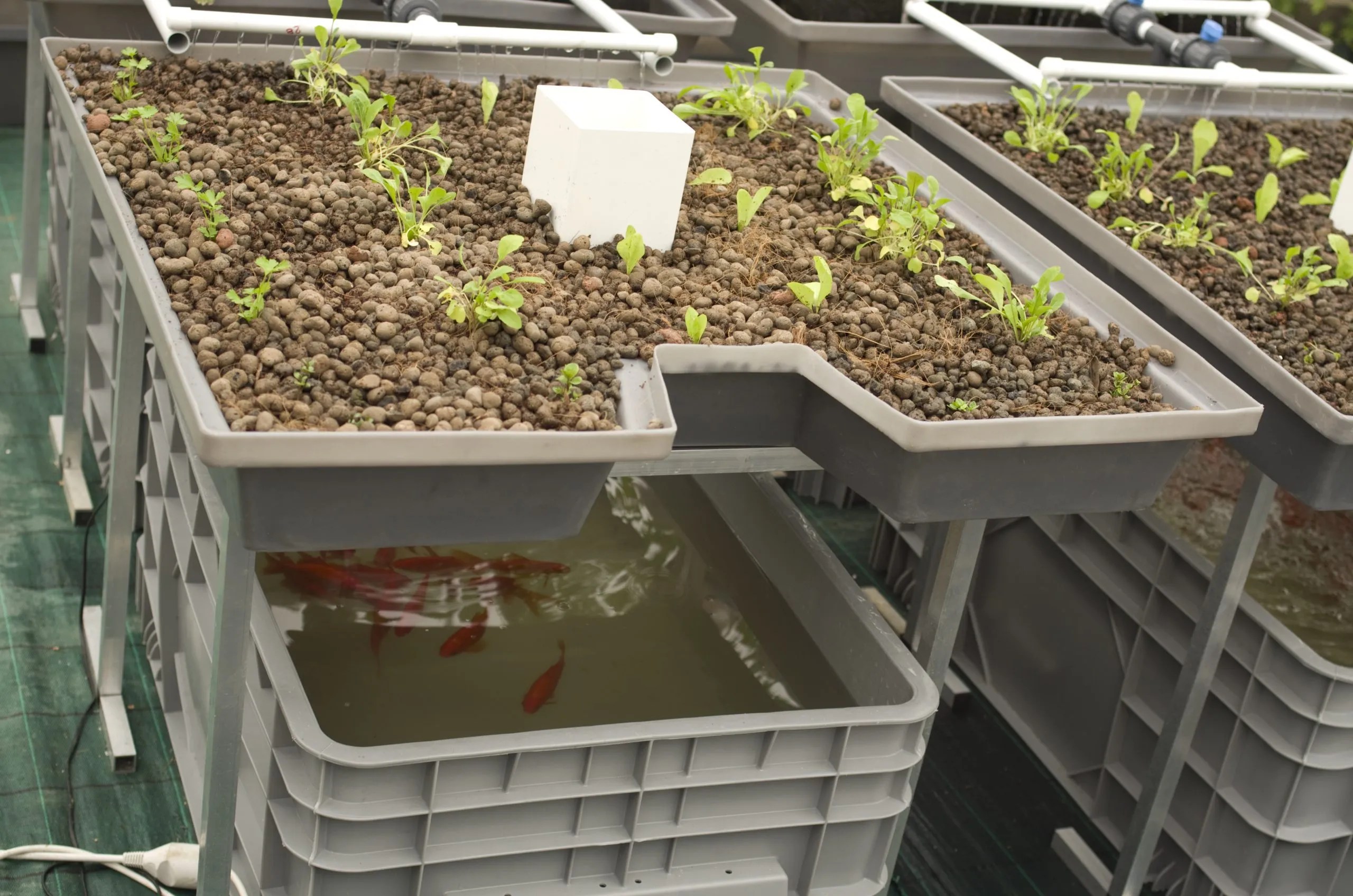 www.pinterest.com
www.pinterest.com Introduction: Building Your DIY Aquaponics Fountain This guide will walk you through creating your own mini aquaponics system using the Aquasprouts Fountain and an 8-gallon tank. We'll transform it into a self-sustaining ecosystem, combining fishkeeping with hydroponic plant growth. Get ready to create a beautiful and functional piece for your home!
Materials You'll Need:
- Aquasprouts Fountain Kit
- 8-Gallon Aquarium (ensure it's clean and leak-proof)
- Aquarium Gravel (for the tank bottom)
- Water Conditioner (to dechlorinate your water)
- Beneficial Bacteria Starter (to establish your nitrogen cycle)
- Fish (appropriate for an 8-gallon tank, research beforehand consider small species like guppies or tetras)
- Plant Seeds or Seedlings (Lettuce, herbs, or other suitable aquaponic plants)
- Grow Media (Clay pebbles or lava rock)
- Aquarium Heater (if needed, depending on the fish species)
- Aquarium Filter (sponge filter is a good option)
Step 1: Setting Up the Aquarium First, rinse the aquarium gravel thoroughly to remove any dust or debris. Spread the gravel evenly across the bottom of the aquarium. Add dechlorinated water to the tank, filling it appropriately. If you're using an aquarium heater, install it now and set it to the correct temperature for your chosen fish. Install the sponge filter and connect it to an air pump. Finally, add the beneficial bacteria starter according to the instructions on the bottle. This is crucial for establishing the nitrogen cycle, which will keep your fish healthy.
Step 2: Assembling the Aquasprouts Fountain Carefully unpack the Aquasprouts Fountain kit. Follow the manufacturer's instructions to assemble the fountain structure. This usually involves connecting the growing tray to the base and attaching the pump. Ensure all connections are secure to prevent leaks.
Step 3: Connecting the Fountain to the Aquarium Place the assembled Aquasprouts Fountain on top of the aquarium. Position the pump inside the aquarium so it's fully submerged in the water. Run the tubing from the pump up to the growing tray of the fountain. Make sure the tubing is securely connected to both the pump and the tray.
Step 4: Preparing the Grow Media and Planting Rinse the clay pebbles or lava rock grow media to remove any dust. Fill the growing tray of the Aquasprouts Fountain with the rinsed grow media. If you're starting with seeds, sow them according to the seed packet instructions directly into the grow media. If you're using seedlings, gently remove them from their containers and plant them in the grow media, making sure the roots are covered.
Step 5: Starting the Water Circulation Plug in the pump to start the water circulation. The pump will draw water from the aquarium and send it up to the growing tray, where it will nourish the plants before draining back into the tank. Observe the water flow to ensure it's even and that the tray is draining properly. Adjust the pump's flow rate if necessary.
Step 6: Introducing Fish and Monitoring Before adding fish, let the aquarium cycle for at least a week. This allows the beneficial bacteria to establish and create a stable environment. After the cycling period, slowly acclimate your fish to the aquarium water by floating the bag they came in for about 15-20 minutes. Then, gradually add small amounts of aquarium water to the bag before releasing the fish. Monitor the water parameters regularly (pH, ammonia, nitrite, nitrate) to ensure the health of your fish and plants. Perform regular water changes (about 25% every week or two) to maintain water quality.
Conclusion: Enjoying Your Aquaponics Ecosystem Congratulations! You've successfully created your own Aquasprouts fountain aquaponics ecosystem. Remember to regularly monitor the water quality, feed your fish appropriately, and provide adequate light for your plants. With proper care, your system will thrive, providing you with fresh herbs and a beautiful, self-sustaining aquarium.
Aquasprouts Fountain Aquaponics Ecosystem Kit, Charcoal, 8-gal
 www.chewy.com
www.chewy.com Aquasprouts Garden
 aquasprouts.com
aquasprouts.com Aquasprouts Fountain Aquaponics Ecosystem Kit, Charcoal, 8-gal
 www.pinterest.com
www.pinterest.com  aquaponics.com
aquaponics.com  www.amaneco.co
www.amaneco.co  www.pinterest.com
www.pinterest.com  ourcanadaproject.ca ```html
ourcanadaproject.ca ```html  teachsimple.com
teachsimple.com  teachsimple.com
teachsimple.com  www.agrifarming.in ```html
www.agrifarming.in ```html  www.dreamstime.com
www.dreamstime.com  www.plantsonwalls.com
www.plantsonwalls.com  ornamentalis.com
ornamentalis.com  florgeous.com
florgeous.com  florgeous.com
florgeous.com  www.greenlife.co.ke
www.greenlife.co.ke  agrierp.com
agrierp.com  www.aquaponicsforbeginners.com ```html
www.aquaponicsforbeginners.com ```html  agromoris.com
agromoris.com  fity.club
fity.club